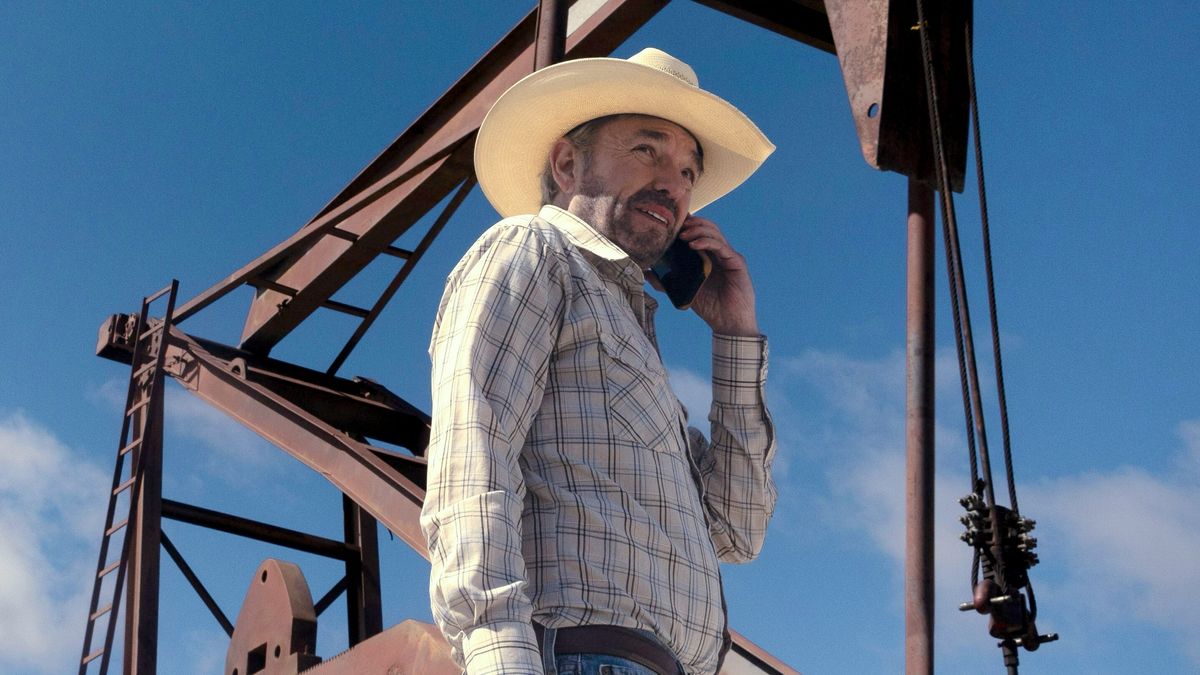A satellite that’s been dead for 50 years ended up thousands of miles away from where it should be. Instead of spending the afterlife in an orbital graveyard, the communications satellite is now orbiting above the Americas for reasons unknown, likely because somebody moved it there.
Skynet-1A launched in 1969 to a geostationary orbit over Eastern Africa, and was used by the British military for communications. At the end of its lifetime, the satellite was supposed to drift towards a point in its orbit where it can die in peace, away from the risk of running into other defunct spacecraft. Rather than drifting passively, the satellite was mysteriously commanded to an entirely new position in its orbit, located 22,369 miles (36,000 km) above the Americas, the BBC reported. In its current position, the long-dead satellite has a higher chance of collision with other pieces of space junk.
BBC reporter Jonathan Amos recently unearthed the mystery of Skynet-1A, investigating who moved the United Kingdom’s oldest satellite sometime in the 1970s. Even more curiously, it may have been the Americans.
Based on how far the satellite ended up from its original location, this was no passive drift of the large communications spacecraft. Instead, someone purposely fired the satellite’s thrusters to move it westward.
Skynet-1A, manufactured in the U.S., launched on board the U.S. Air Force’s Delta rocket. In fact, when it first launched, the U.S. tested the satellite in space before handing control over to the Royal Air Force. Some of the documents associated with the satellite, reviewed by the BBC, suggest that control of Skynet-1A was handed back to the U.S. in June 1977 and that the Americans were responsible for the satellite’s final commanding.
Curiously enough, the satellite ended up halfway around the world, right over the Americas (satellites in GEO remain fixed over the same spot on Earth’s surface). Skynet-1A’s final maneuvering should have lifted the satellite upwards to a higher orbit, an area known as an orbital graveyard for defunct satellites to stay out of trouble. Today, the U.K.’s ministry of defense keeps a close watch on the satellite in its current orbit to stay alert of any incoming threats of collision.
Clearly, not knowing where our stuff is in space isn’t ideal, whether we’re talking about geosynchronous orbit or low Earth orbit. The Department of Defense’s global Space Surveillance Network is currently tracking more than 27,000 pieces of orbital debris. Flying space junk risks colliding with other satellites in orbit, and dead, drifting spacecraft only make matters worse.
Orbital debris wasn’t a pressing issue when Skynet-1A first launched, but it has certainly become one today. As a result, companies should monitor where their satellites end up in Earth’s orbit and keep track of them—even those that have been dead for over 50 years.




















 English (US) ·
English (US) ·